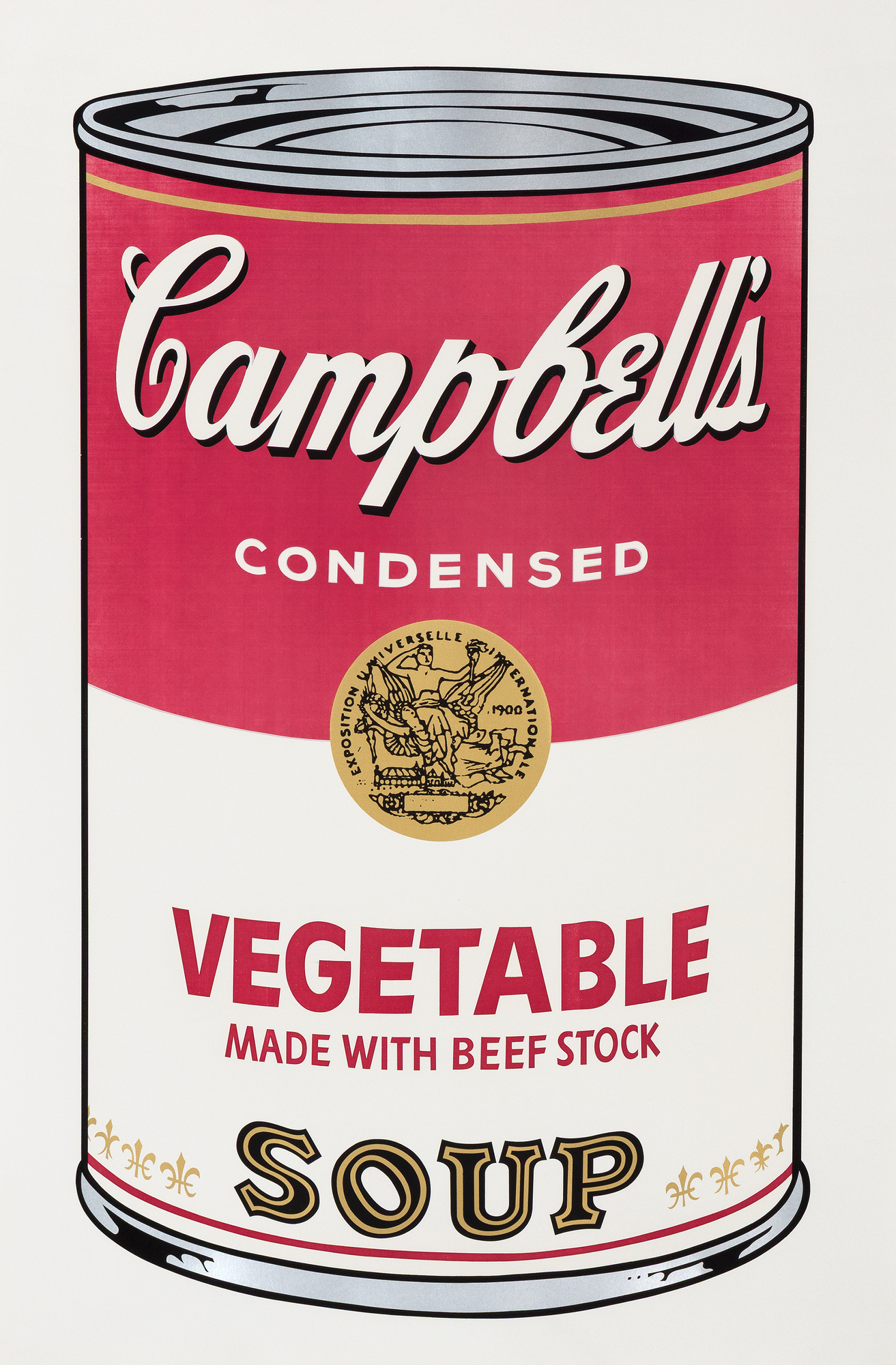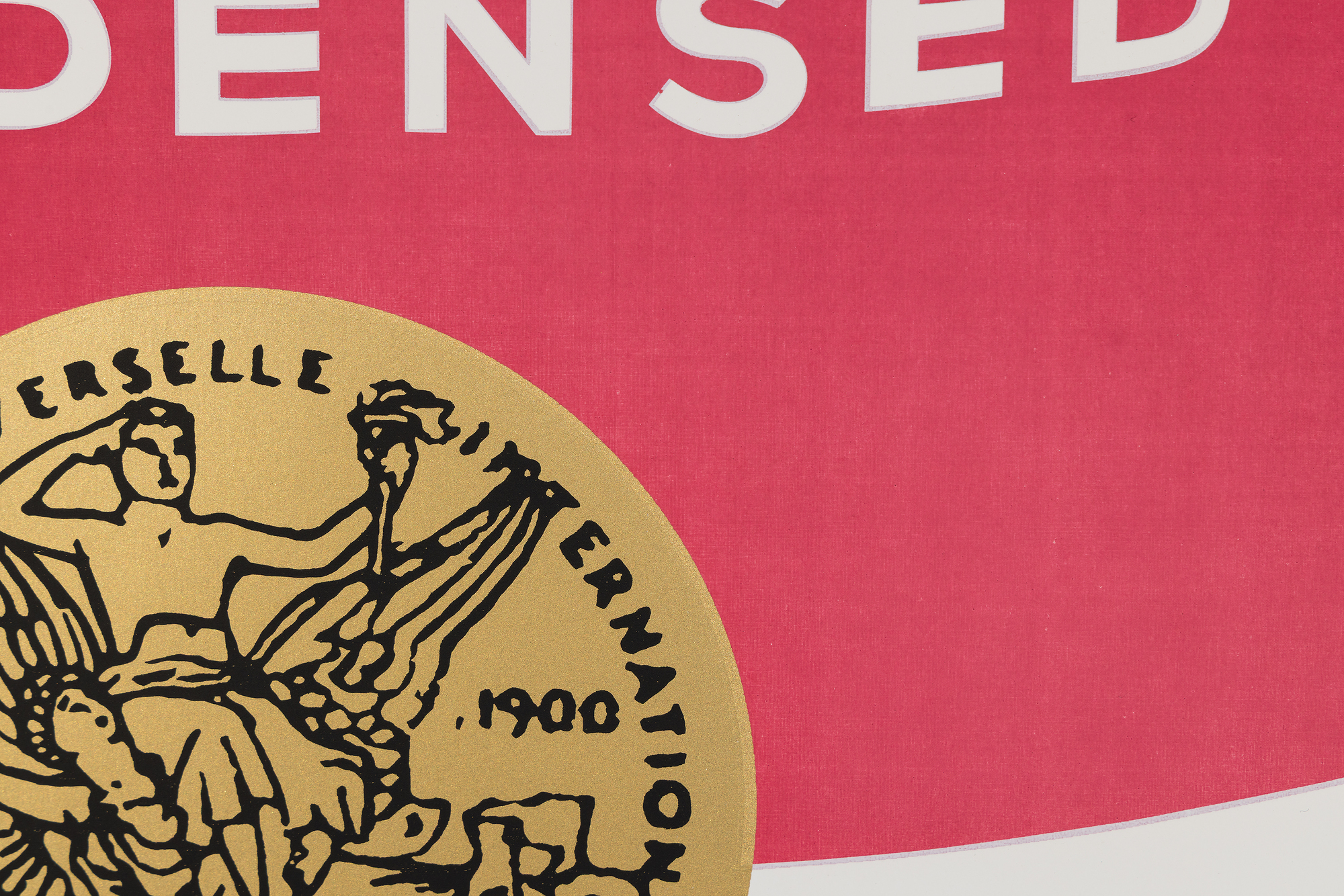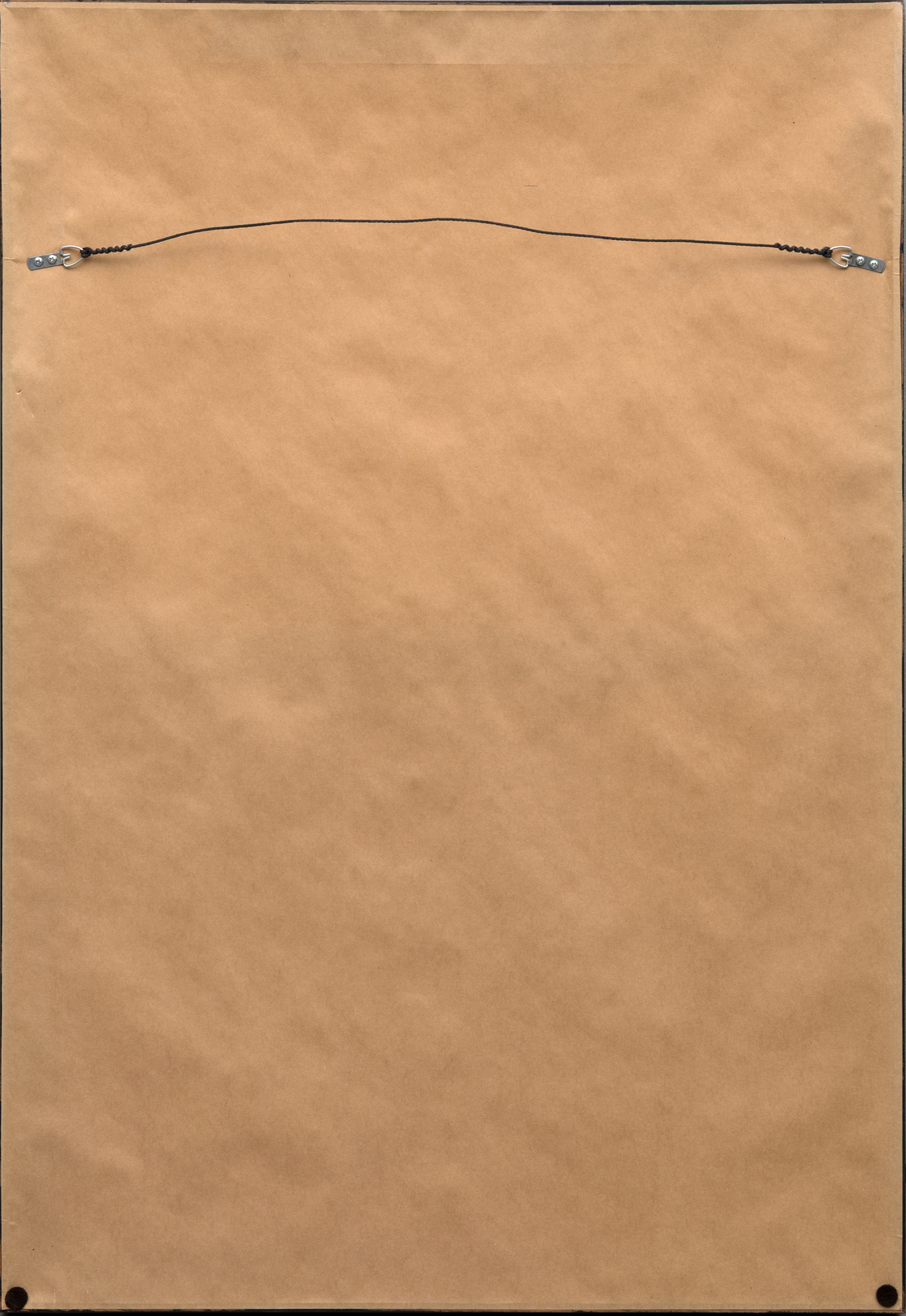אנדי וורהול(1928-1987)










מקור ומקור
המילטון סלוויאוסף פרטי
85,000
המהירות שבה עולם האמנות אימץ את וורהול הייתה יוצאת דופן: ביולי 1962, שלושים ושניים ציוריו "פחיות מרק של קמפבל" הוצגו לראשונה בגלריית פרוס בלוס אנג'לס, ובכך ביססו במהירות את המוניטין שלו. קנבסים מוקדמים אלה, בין עבודותיו האחרונות שצוירו ביד, נראו כמעט מיוצרים באופן מכני, אך וורהול נטש במהרה את המכחול לטובת הדפס משי, תהליך מסחרי שאפשר הן חזרה אינסופית והן וריאציות מרשימות של הנושאים שבחר.
מרק ירקות היה אחד משלושים ושניים הזנים המקוריים והוא נותר תופעה של תרבות הפופ, מופיע שוב ושוב על כל דבר, החל מצלחות וספלים ועד חולצות טריקו, עניבות ואפילו גלשנים. הפיכתו של וורהול ממוצר בסיסי בסופרמרקט לאייקון מתמשך מדגישה את גאונותו בהעלאת השגרה לתחום האמנות הגבוהה. עם קווי המתאר החדים והדיוק התעשייתי שלו, מרק ירקות מגלם את תרומתו הרדיקלית ביותר של האמן: מיזוג של תרבות צריכה עם אמנות יפה.


